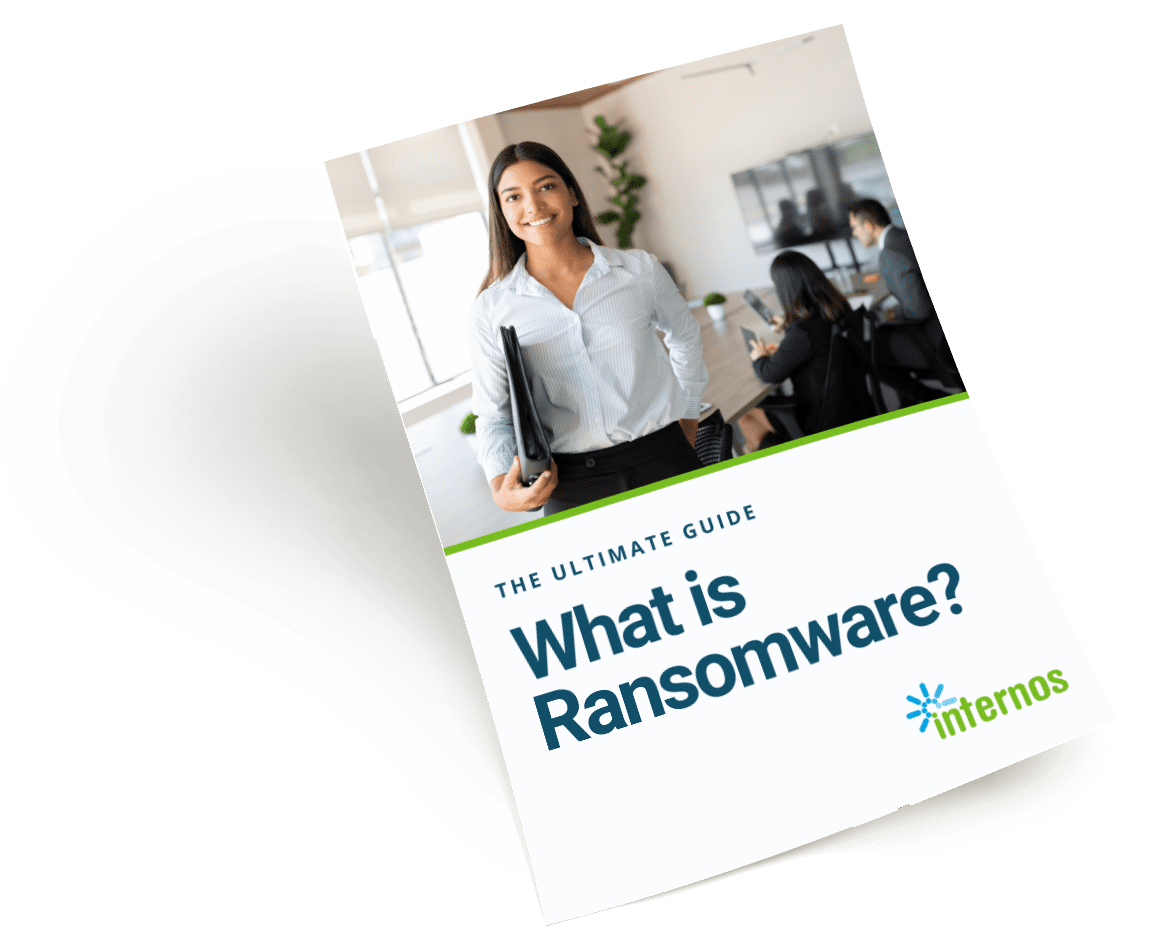
In an increasingly digital world, the importance of cyber security insurance basics cannot be overstated. Recent cyber threats and ransomware attacks have pushed businesses to seek protection through cyber insurance policies.
However, as you embark on this journey to safeguard your digital assets and data, there’s a new prerequisite to consider: multi-factor authentication (MFA).
In this blog post, we take a close look at cyber security insurance and explain why MFA is a must-have. Plus, we introduce you to WatchGuard, a valuable resource that our experts trust and recommend for comprehensive cybersecurity solutions.
The Rising Importance of Cyber Security Insurance Basics
Cyber security incidents are on the rise, with ransomware attacks, data breaches and other digital threats becoming increasingly common. As a result, businesses, both large and small, are turning to cyber insurance as a safety net.
This kind of insurance offers financial protection in the event of a cyber incident, helping organizations recover from the aftermath. However, to qualify for these policies, companies must meet certain cyber security insurance requirements.
MFA: The New Prerequisite
One of the key cyber security insurance basics that insurers are now mandating is multi-factor authentication (MFA). MFA is a security measure that requires users to provide two or more forms of identification before granting access to a system or application.
Why is MFA now a non-negotiable requirement? It all comes down to reducing risk.
In today’s digital world, a staggering 80 percent of data breaches involve the use of weak passwords or stolen credentials. Insurance companies are well aware of this alarming statistic, and they’re taking steps to mitigate their own risks.
By making MFA a prerequisite, insurers aim to reduce the likelihood of payouts on policies and ensure long-term profitability. As a managed service provider, we firmly believe that MFA is not just a recommendation; it’s a vital component of your cyber insurance journey.
Want to learn more about MFA? We have a free Multifactor Authentication Survival Guide with more information.
Getting Started With Cyber Insurance
Now that you understand the significance of MFA, let’s explore how to get started with cyber insurance. First, you need to determine whether your business requires cyber insurance.
The need varies between large corporations and smaller businesses.
Small businesses often lack the budget and expertise to implement effective cyber security strategies, making them more vulnerable to successful cyberattacks. On the other hand, larger corporations, frequently targeted by hackers, have the resources and expertise to handle cyber threats.
They often purchase coverage directly from insurers and maintain in-house legal, public relations and technology teams.
Small and medium-sized enterprises (SMEs) are increasingly looking at cyber insurance as a way to mitigate risk. They typically seek guidance from agencies and require external crisis management assistance.
It’s important to assess your organization’s specific needs and vulnerabilities.
Finding the Right Coverage
Understanding cyber security insurance basics also means knowing that general business insurance does not cover cyberattacks. Therefore, it’s crucial to find coverage tailored to your organization’s needs.
There are various types of cyber insurance, each designed to address specific risks and vulnerabilities.
Here’s where WatchGuard comes in as a valuable resource that Internos trusts. WatchGuard offers comprehensive cyber security solutions, including MFA through AuthPoint, which aligns perfectly with the MFA requirements for cyber insurance.
With WatchGuard, you can ensure your organization gets the right coverage to respond effectively to your unique risks.
Cyber Liability Coverage
Cyber liability insurance policies don’t offer all-inclusive coverage. Most small and medium-sized businesses with cyber insurance focus primarily on liability coverage, which typically covers up to $50,000.
While this coverage is essential, it may not be sufficient in the face of a major data breach.
Cyber liability coverage includes financial protection for expenses related to a data breach. These expenses can accumulate rapidly once a breach is discovered and reported.
Covered expenses typically include customer loss, business disruption, regulatory fines, legal costs, public relations efforts and direct financial losses.
Leveraging WatchGuard and MFA
In the realm of cyber security insurance basics, MFA is not just a requirement; it’s your first line of defense against cyber threats.
Recent statistics show that many technology leaders are planning to buy cyber insurance in the next year, reflecting the growing awareness of the need for financial protection in today’s interconnected world.
WatchGuard’s AuthPoint, is a cloud-managed MFA solution that makes implementing MFA a breeze. It’s a valuable tool in your arsenal to meet the MFA requirements for cyber insurance and protect your organization from the financial fallout of cyber incidents.
Want to learn more about cyber insurance and MFA? Contact us or book a meeting to keep your company secure.
When it comes to cyber security insurance, MFA and WatchGuard are your allies in ensuring a secure and resilient digital future.

